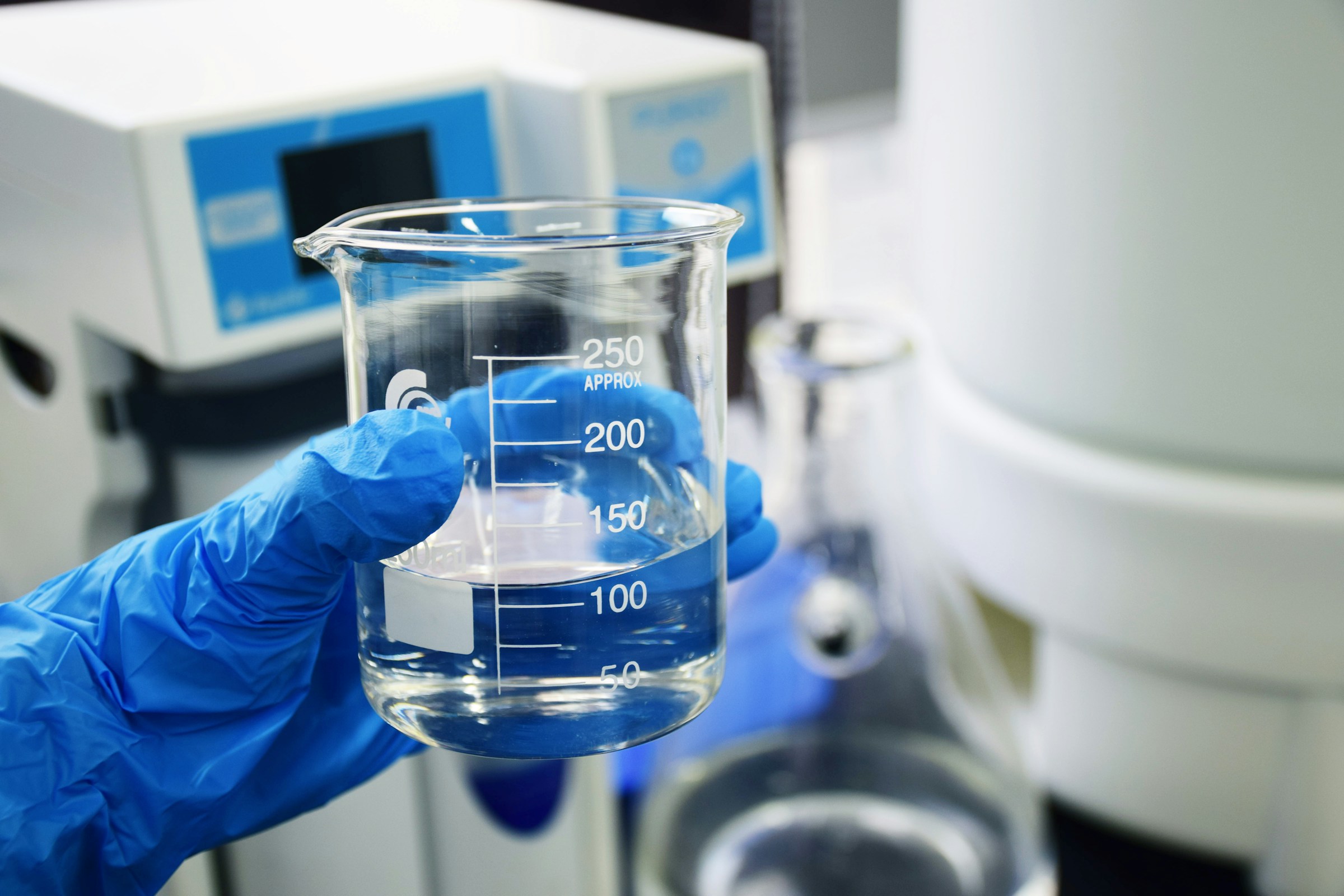Projects
31 July 2025
The Waste2Fresh project: Creating closed-loop water systems for sustainable textile production
Projects
31 July 2025
Investments and funding
R&I, techniques and technological solutions
Skills
+10 more
Login / create an account to be able to react

The Waste2Fresh project, funded under Horizon 2020 and conducted between 2020 and 2024, developed a closed-loop wastewater recycling system for the textile ecosystem in Türkiye. Coordinated by Konya Teknik Universitesi, the project significantly advanced sustainability and resource efficiency in textile manufacturing, contributing to the EU’s environmental and circular economy goals.
Topics
Albania
Armenia
Austria
Belgium
Bosnia and Herzegovina
Bulgaria
Croatia
Cyprus
Czechia
Denmark
Estonia
EU-27
Finland
France
Georgia
Germany
Greece
Hungary
Iceland
Ireland
Italy
Kosovo
Latvia
Liechtenstein
Lithuania
Luxembourg
Malta
Moldova
Montenegro
Netherlands
North Macedonia
Norway
Poland
Portugal
Romania
Serbia
Slovakia
Slovenia
Spain
Sweden
Switzerland
Türkiye
Ukraine
Other
Academic / Research and VET Institutions
Business Support Organisation
Company with 250 or more employees
Cluster Organisations
Consumer Organisations
EU Institutions
Industry Associations and Chambers of Commerce
Networks and Federations / Confederations
NGOs / Non-profits
SMEs (a company with less than 250 employees)
-
Transition Pathway's building blocks
-
-
Investments and funding
-
R&I, techniques and technological solutions
-
Skills
-
Sustainable competitiveness
-
-
Industrial ecosystems
-
-
Digital
-
Energy intensive industries
-
Energy-renewables
-
Textile
-
-
Textiles ecosystem areas
-
-
Fibres, yarns and fabrics
-
Apparel and clothing accessories
-
Research and Innovation
-
Technology and Machinery
-
Waste management, reuse and repair
-
Share
Introduction to the project
The Waste2Fresh project, formally titled ‘Smart innovative system for recycling wastewater and creating closed loops in textile manufacturing industrial processes’, was funded by the European Union’s Horizon 2020 programme. It aimed to tackle the pressing issues of freshwater resource scarcity and water pollution, particularly in the textile manufacturing sector, which contributes to 20% of global industrial water pollution.
The project ran from December 2020 to April 2024, with a total EU contribution of €8.14. It was coordinated by Konya Teknik Üniversitesi in Türkiye and brought together a multidisciplinary consortium of 18 partners from across Europe and beyond.
Project’s achievements
Waste2Fresh aimed to develop a closed-loop system for recycling wastewater from dyeing processes. This system was designed for practical use in textile manufacturing facilities, such as the ERAK denim factory. It combines new methods for breaking down pollutants with advanced separation and extraction techniques, targeting near-zero waste and a 30% improvement in water efficiency compared to conventional practices.
A key innovation was the improvement of nanofique, a material used to remove colour from dye solutions. Nanofique can eliminate up to 90% of colour within two minutes and remains effective for 20 reuse cycles. However, its original production process was complex and resource-intensive, involving five synthesis steps. The project team successfully streamlined this process, reducing it to three steps, which made the production more efficient and cost-effective.
To test nanofique’s performance, the team designed a prototype reactor at Konya Teknik Üniversitesi. This reactor was designed to keep the nanofique in constant contact with wastewater and successfully demonstrated its ability to clean real wastewater samples from the ERAK factory, confirming its effectiveness in removing dye and improving water quality at a pilot scale.
These outcomes laid the foundation for broader industrial use of closed-loop systems and advanced materials in manufacturing. The project also plans to develop nanofique fibres combined with natural materials and explore alternative catalytic materials to further improve dye removal efficiency while reducing operational costs and minimise environmental impact.
Contribution of the project to EU objectives and the twin transition
Waste2Fresh directly supported the EU’s twin transition by advancing both environmental sustainability and industrial innovation. It aligned with the Water Framework Directive and helped reduce freshwater consumption while recovering valuable resources such as salts, organics, and heavy metals. The project also contributed to greener and more digital manufacturing through the use of advanced materials and process optimisation.
European collaboration and knowledge transfer
Though led by a Turkish institution, Waste2Fresh had a strong European and international dimension. The consortium included partners from Germany, Spain, Italy, the United Kingdom, Norway, Poland, Lithuania, Switzerland, Belgium, Ukraine, and Colombia. Notable participants included Fraunhofer Gesellschaft, The Open University, Universidad Industrial de Santander, and the Centre for Process Innovation.
This collaborative framework enabled extensive knowledge exchange and capacity building, strengthening the European research and innovation ecosystem in sustainable manufacturing.
Comments (0)
See also
-
13
The STRENTEX project: Advancing stretchable textile electronics for health and sustainability
- Categories
- R&I, techniques and technological solutions Skills Social dimension +12 more
-
36
Finding the common thread: The EU Textiles Ecosystem Platform has officially launched!
- Categories
- Infrastructure Investments and funding R&I, techniques and technological solutions +28 more
-
15
Welcome to the Digital Business Community Workspace!
- Categories
- Investments and funding R&I, techniques and technological solutions Skills +26 more




